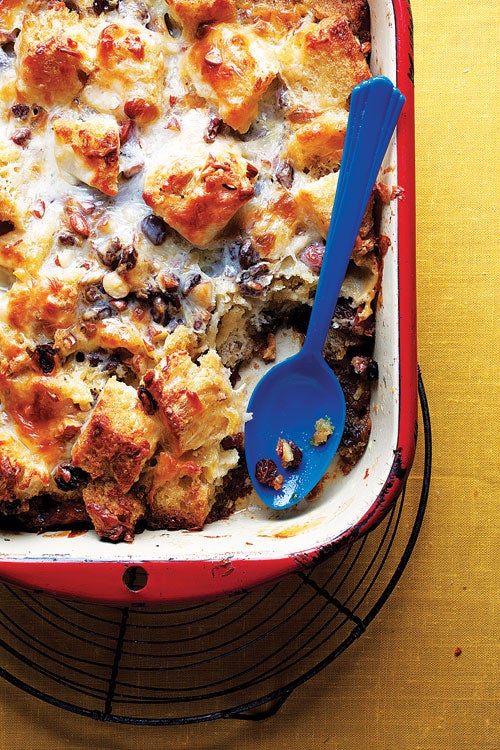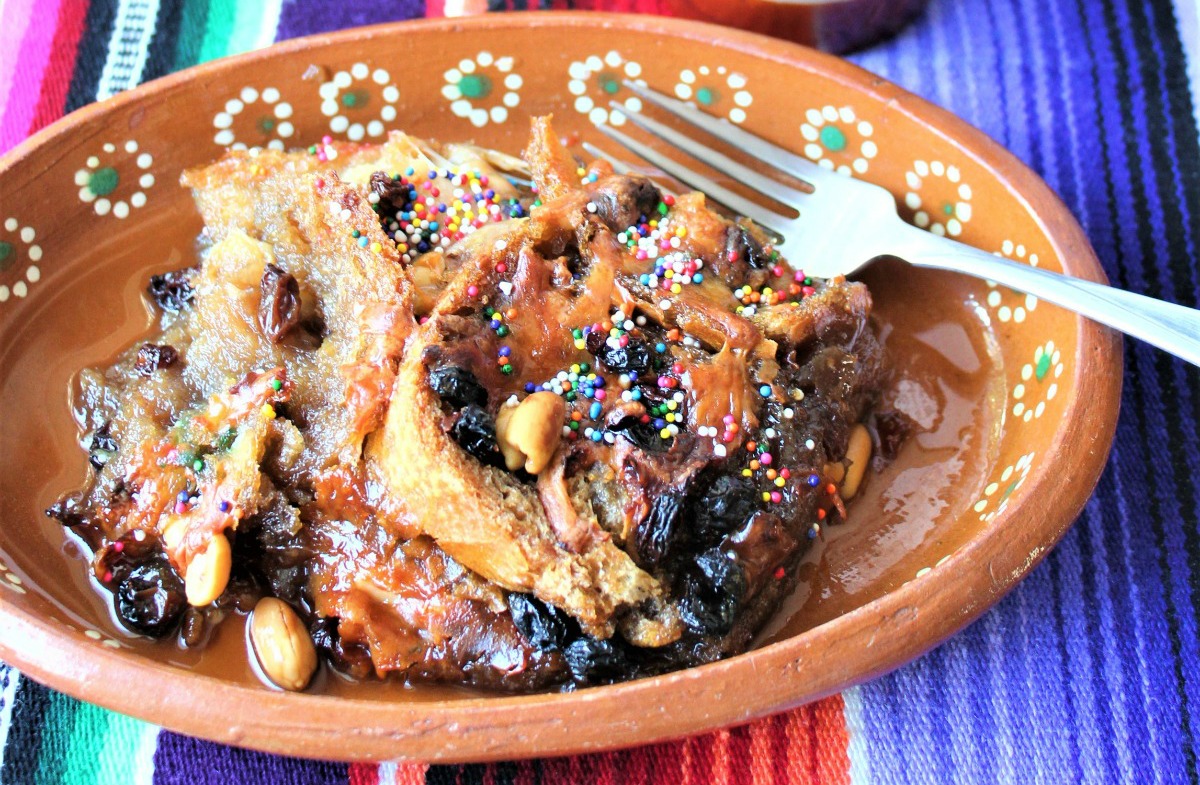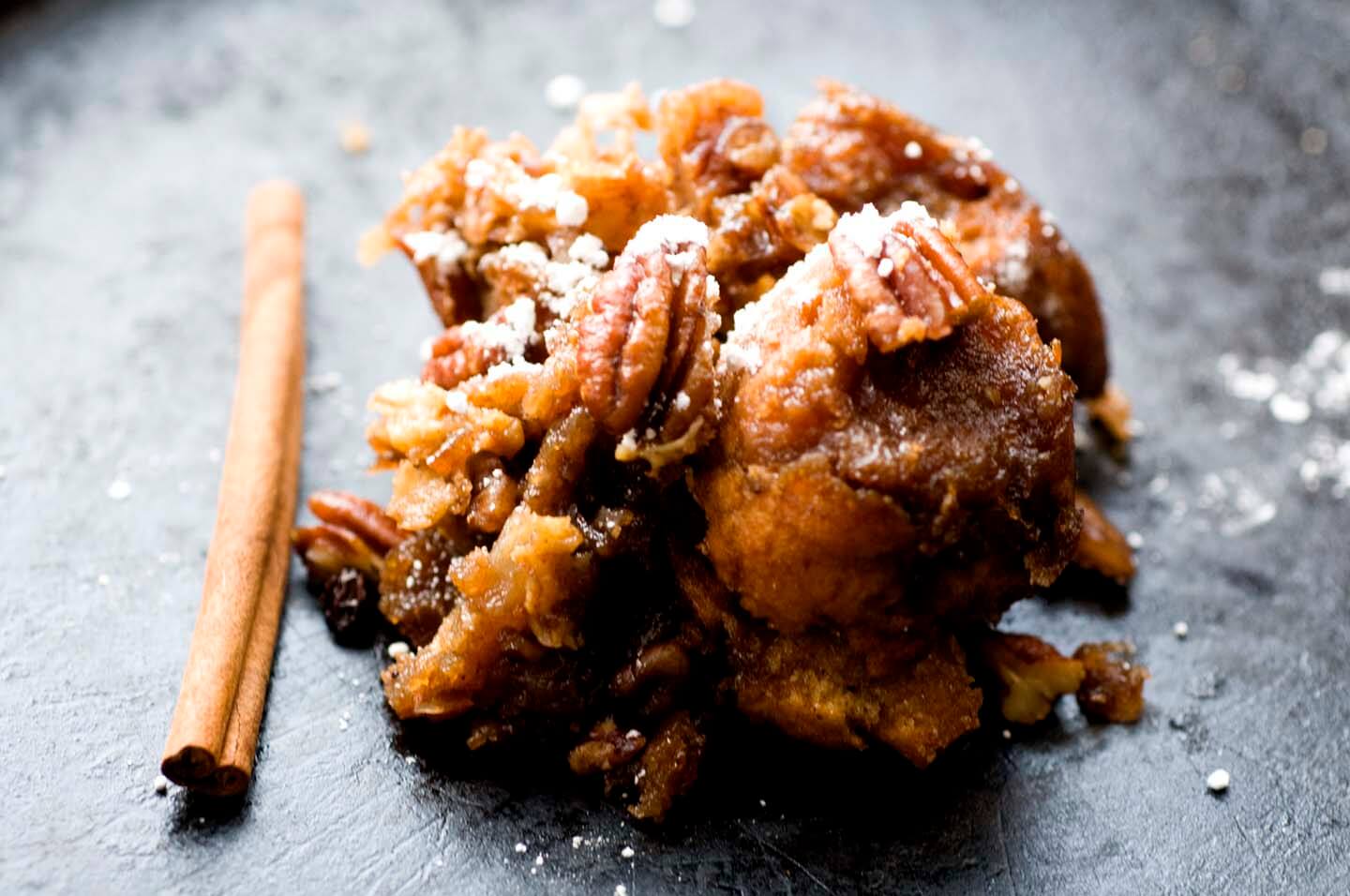Capirotada
capiratoda, capirotada de vigilia
Capirotada or Capilotade, also known as Capirotada de vigilia, is a traditional Mexican food similar to a bread pudding that is usually eaten during the Lenten period. It is one of the dishes served on Good Friday. According to Sebastian de Covarrubias’ 1611 Spanish dictionary —Tesoro de la Lengua Castellana o Española— capirotada is a type of stew that goes over another, covering it like a capirote or hood, and hence, it was called capirotada. But French scholar and philologist, Gilles Ménage, called Covarrubias’ statement ridiculous, stating in his —Dictionnaire Etymologique (1694)— that the term capirotada was of Italian origin and came from capon, quoting Italian linguist, Giovanni Veneroni, who had stated that it was a type of stew or sauce, a capirota, made from roasted meats, including capons and partridges. A capiróta, according to English linguist and translator John Florio’s —A Worlde of Wordes, or Dictionarie of the Italian and English tongues (1598)— is a: “kind of dainty potage or sauce used in Italy”. Capirotada originated from an ancient Medieval European dish that was heavily influenced by Roman and, possibly, Moorish cuisine. One of the oldest predecessors of Capirotada was the Roman dish Sala Cattabia. In the book “De re coquinaria de Apicius ” from the end of the 4th century, which compiled the favorite stews of the Romans of that time, shows a Sala Cattabia recipe, which used pieces of stale bread soaked in water with vinegar, layers of cow cheese, cucumber, capers, cooked chicken liver and covered with a dressing. Capirotada, like bread pudding, was seen as a way to make use of otherwise ruined, stale bread.
Source: Wikipedia
















:max_bytes(150000):strip_icc()/236937-Capirotada-DDMFS-1x2-5496-b1fc0c8b1e24407989011ce01358f261.jpg)

:max_bytes(150000):strip_icc()/bread-pudding-ck-522192-x-15788e3935d941dba11cba77f69754b4.jpg)

